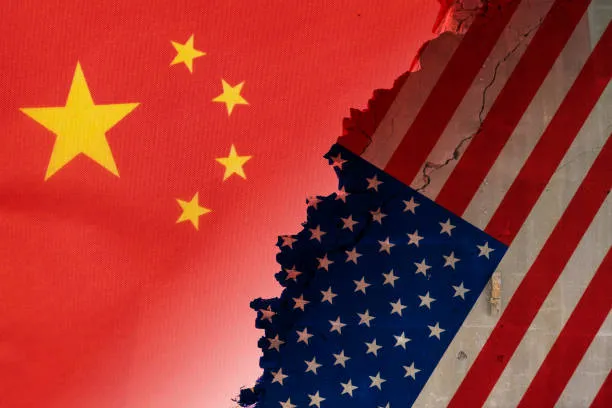Does the Richardson ISD really need four indoor football fields at $15 million each? Including 7500 square feet of workout equipment? Really?
In business, hard work yields results. Good managers get bigger budgets and more responsibility. Success is rewarded.
But what happens when things don’t go so well? Should we keep giving the managers we hired and depended upon for positive results more money, more responsibility, less oversight?
[side_text]Bill Ames, of Dallas, TX, submitted this commentary for EmpowerTexans.com and Texas Scorecard.[/side_text]
Well, it seems that things aren’t going so well at the Richardson Independent School District. But rather than success or failure of a business, here we are dealing with something far more important: the success or failure of RISD students.
Here are just a few student academic performance statistics from the Richardson ISD:
– STAAR test scores comparing 2014 to 2015: Out of 22 tests – 1 is up, 16 are down, 5 no change.
– Reading test scores, grades 3 through 8, 2012-2015: In 2012, all 6 grades were reading above the Texas state average. By 2015, 5 of 6 grades read below Texas state average. But the 2015-2016 RISD District Improvement Plan barely mentions this across the board reading deficiency. In the district’s enthusiasm to implement common core teaching strategies, do they really care if our kids can’t read?
– Per the Texas Education Agency, there are 5 failing schools in RISD, the highest in recent history. Based upon recent comments, more are on the horizon.
– The NICHE survey of hundreds of parents and citizens ranks RISD #20 among DFW Metroplex public school districts. When I moved my family to the DFW area, Highland Park and Richardson were #1 and #2.
– Plano ISD reports 78 National Merit Scholarship finalists, RISD only 10.
This performance can only be described as a significant collapse of what was once one of the Metroplex’s most admired school districts.
But there is more. On May 7, we are to vote on a bond proposal in the amount of $437 million in principal, with up to $302 million in additional interest and fees. That is $739 million taxpayer dollars. The payoff may occur over 40 years. By then, our kids will have their own kids in these schools, and they will still be paying off what the district wants to borrow today. Further, our own taxes will be going up, some $200-$300 per year to pay for all of this.
Beyond the student academic decline and the huge dollar amount of the bond, there are additional concerns about the bond proposal.
– Richardson ISD taxpayers asked for an opportunity to vote for two bonds: One covering necessary expenditures such as facility updates and additional classrooms (with no tax increase); The other for luxury items: $60 million for 4 indoor football practice fields, one at each high school, and $17 million for “library renovation” at every school. The taxpayers’ request for two bonds was rejected, as the district adopted an “all-or-nothing” approach that appears to be the prevailing bond strategy by districts across the state of Texas.
– There is a pervasive absence of specificity in this bond. After a yes vote, the approved funds may be reallocated from currently described projects to any project that the RISD trustees desire. This is of special concern to Lake Highlands residents, where overcrowding issues are largely unresolved as of the May 7 voting date, after which Lake Highlands citizens may no longer have any say in …..well, whatever..
– Local construction companies, eager for the huge business opportunity created by an approved bond, have donated over $32,000 to finance the political VOTE YES bond campaign. Legal, perhaps, but in no way grassroots support. This campaign is not funded by “for the children” moms organizing bake sales. Rather, the yard signs you see, the robo calls, the fancy mailings….are all bought and paid for by fat cat businesses who will make enormous profits if the bond is approved. This raises valid questions about the possibility of ethical quid pro quo impropriety, of construction businesses “buying” bond approval in return for lucrative contracts.
The primary purpose of public education is to educate our kids. But RISD currently has 5 failing schools, academic measurements in decline, kids reading at unacceptable levels, and significant issues regarding lack of TRUST in our elected board members.
Voting NO on this bond is not a vote against our kids. Rather, a NO vote will send a message to the district: Too much principal and interest, questionable priorities, and lack of attention to academic improvements.
Do we really need four indoor football fields at $15 million each? Really? Let’s first make sure the district is teaching our kids to read.
Bill Ames is an education activist who resides in the Richardson ISD district. He encourages a NO vote in the May 7 bond election, leading to a revised bond proposal later this year.




